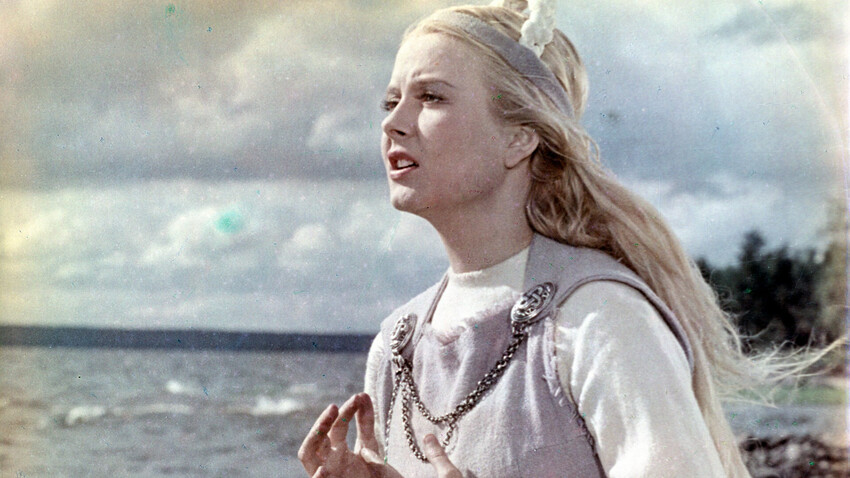
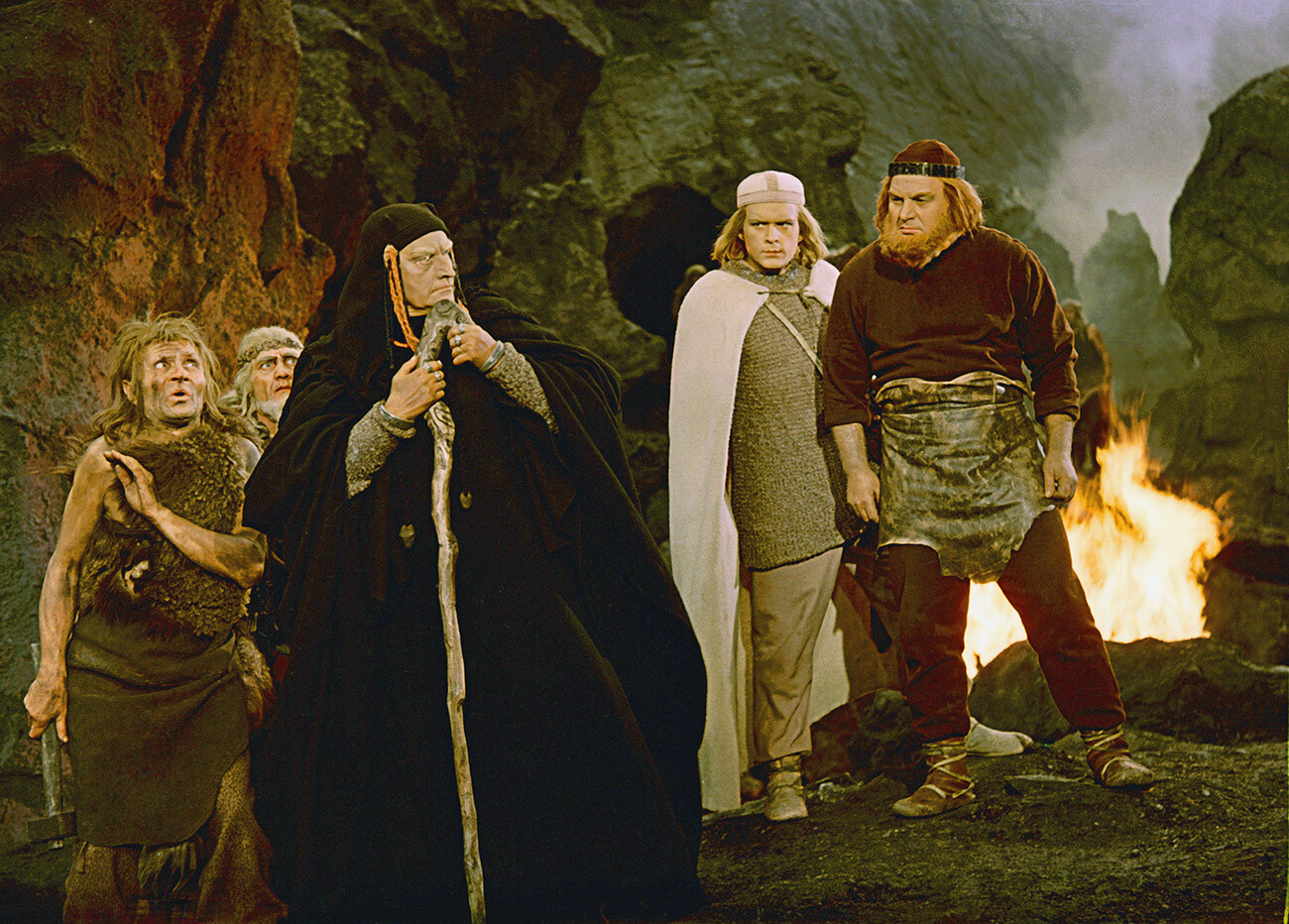
Until the mid-1950s, cooperation between Finland and the Soviet Union in the field of cinema was limited to the purchase of movies. Then, the countries moved from just distribution to the full production of their own movies: first came a documentary about the Terijoki residents, who emigrated to Finland during the war to visit Leningrad and its environs - ‘Terijoki Residents on the Karelian Isthmus’.
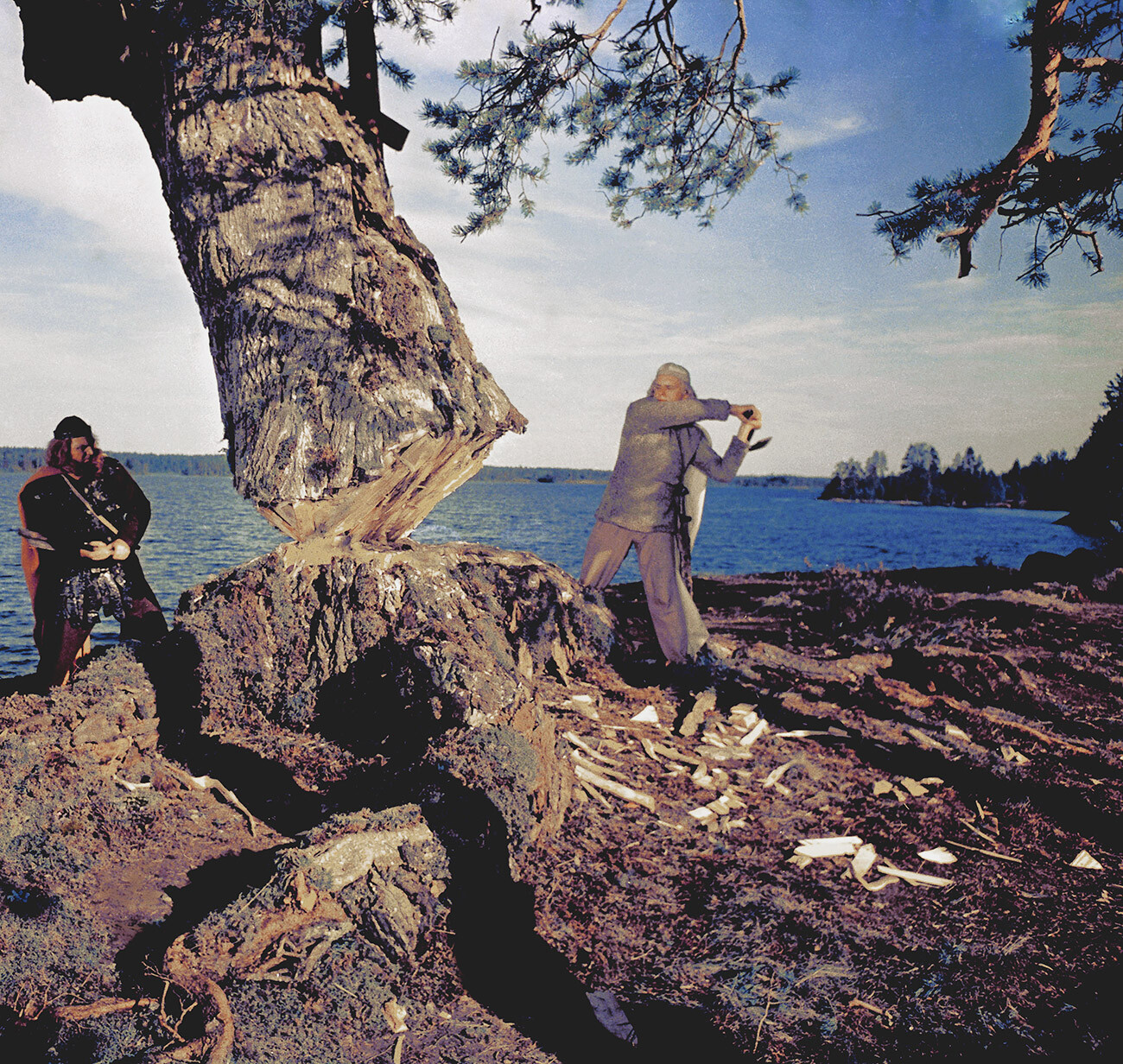
And the first experience of artistic co-production was a fairy tale based on the epic ‘Kalevala’. According to the story, an eternal blacksmith named Ilmarinen goes to Pohjela, the land of everlasting cold, to find his sister, Annika, who has been kidnapped by the sorceress Louhi. Lemminkäinen, her lover, goes along with him. In order to rescue the girl from captivity, the heroes have to fulfill Louhi’s demands, who, most of all, wants to get hold of the magic Sampo mill, the source of happiness and prosperity.
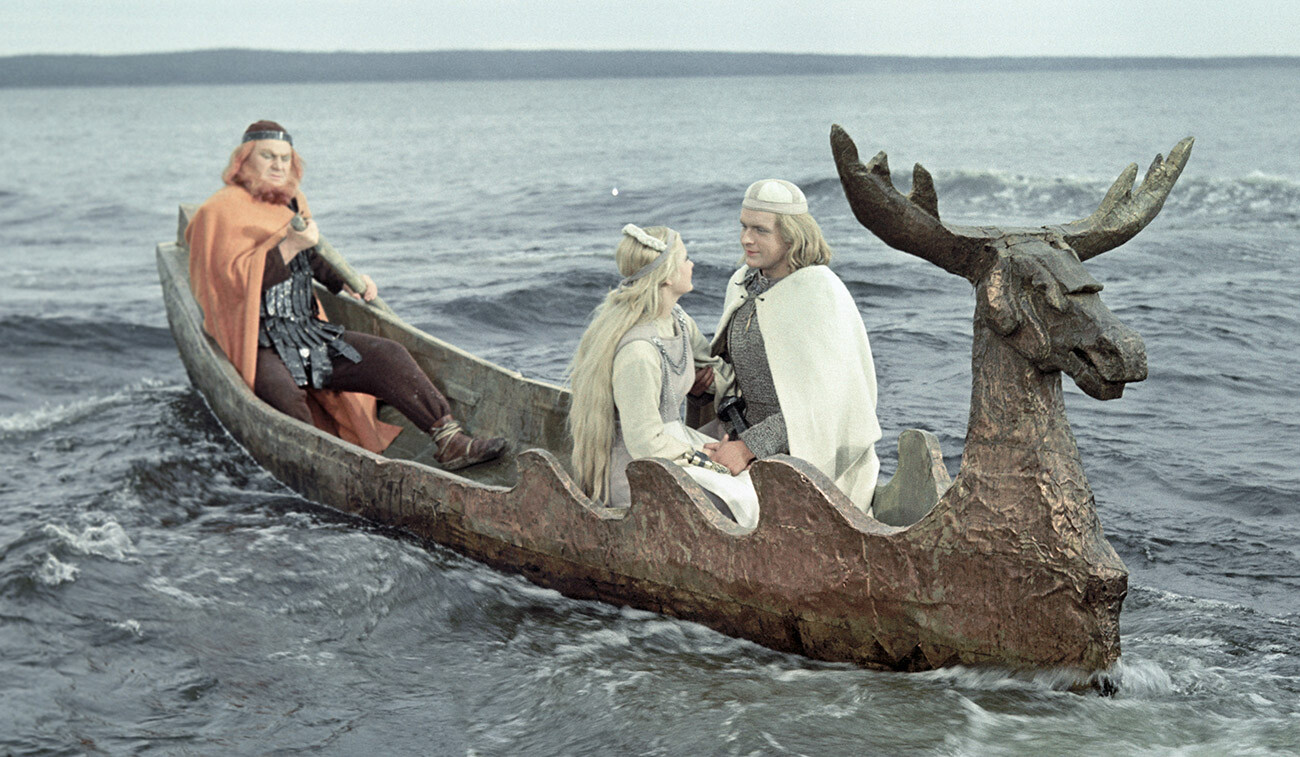
The director of the joint Soviet-Finnish project was Alexander Ptushko, a famous master of fairy tales movies, author of ‘Sadko’ (1953), ‘Ilya Muromets’ (1959) and ‘A Tale of Lost Times’ (1964). The second director was Holger Harrivirta. Finnish consultants, Doctor of Philosophy Vinee Kaukonen and Professor Kustaa Vilkuna, ensured that ‘Sampo’ did not stray far from the source material
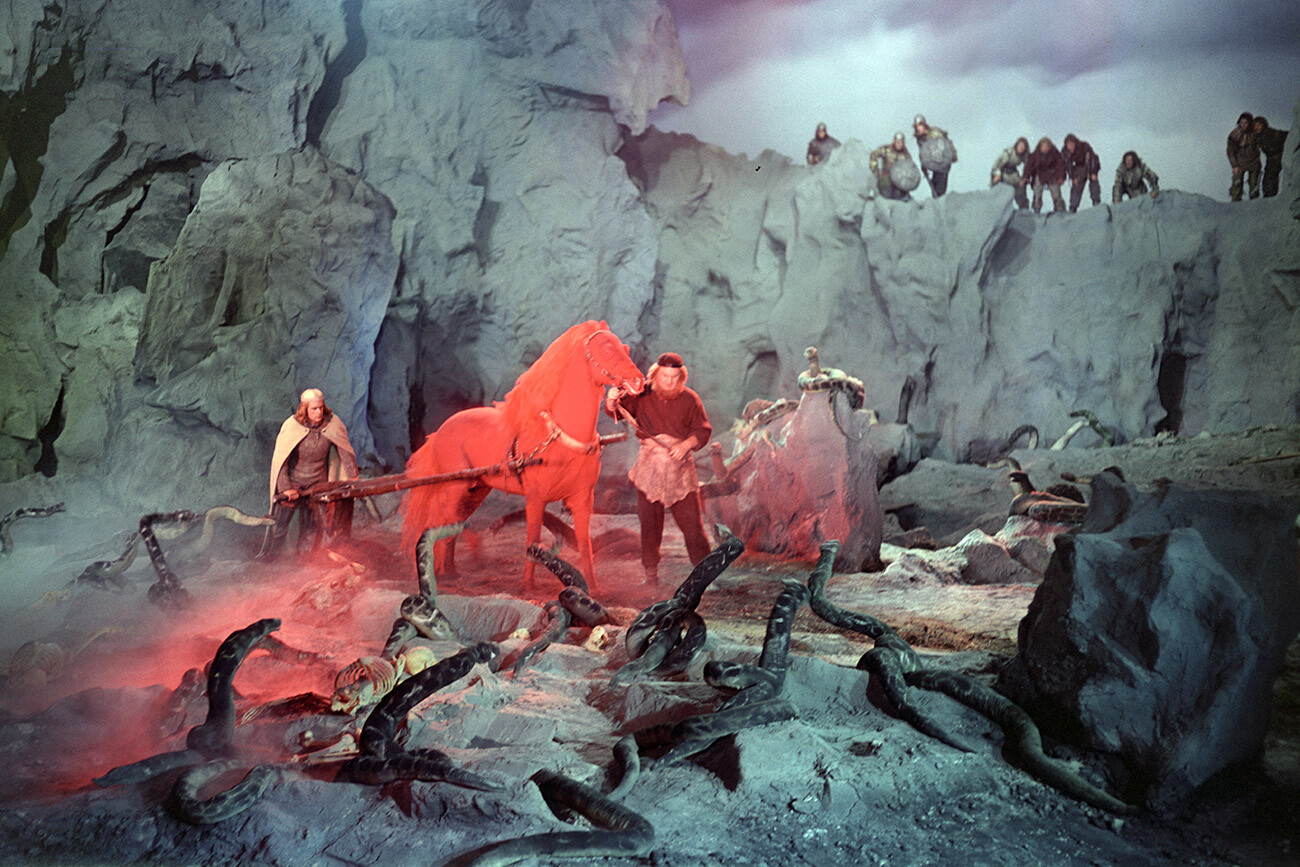
Soviet and Finnish actors both played in the movie: For example, the role of the sage Väinämäinen was performed by Finnish actor Urho Somersalmi and the magician by Russian actor Georgy Milyar. Non-professional Latvian actor Andris Oshin, meanwhile, played Lemminkäinen. Filming took place near Petrozavodsk, on Mount Sampo on the western bank of Konchozero Lake.
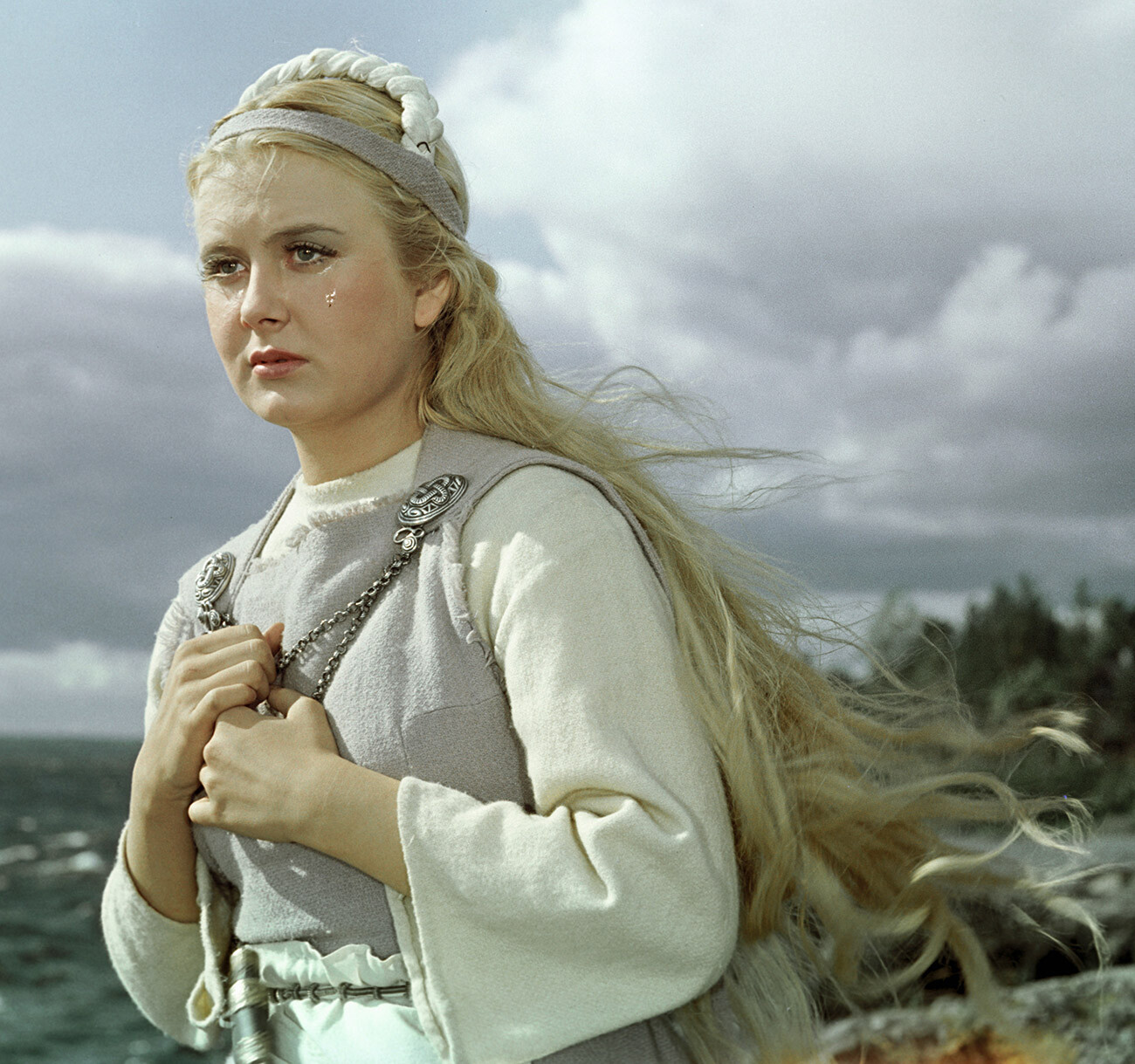
The production was quite labor-intensive: the scenes were filmed sequentially - first they were acted out in Russian and then - in Finnish. And they shot two versions at once: widescreen and full-screen.

Ptushko was not only a master of fairy tales movies, but also the creator of many combined productions. In his movie, flowers blossom from Annika’s touch, the witch Louhi’s cloak flies across the sea to grab the heroine and deliver her to her mistress; and, in front of one of the heroines, a silhouette of the road appears, which the director portrayed as an old woman.
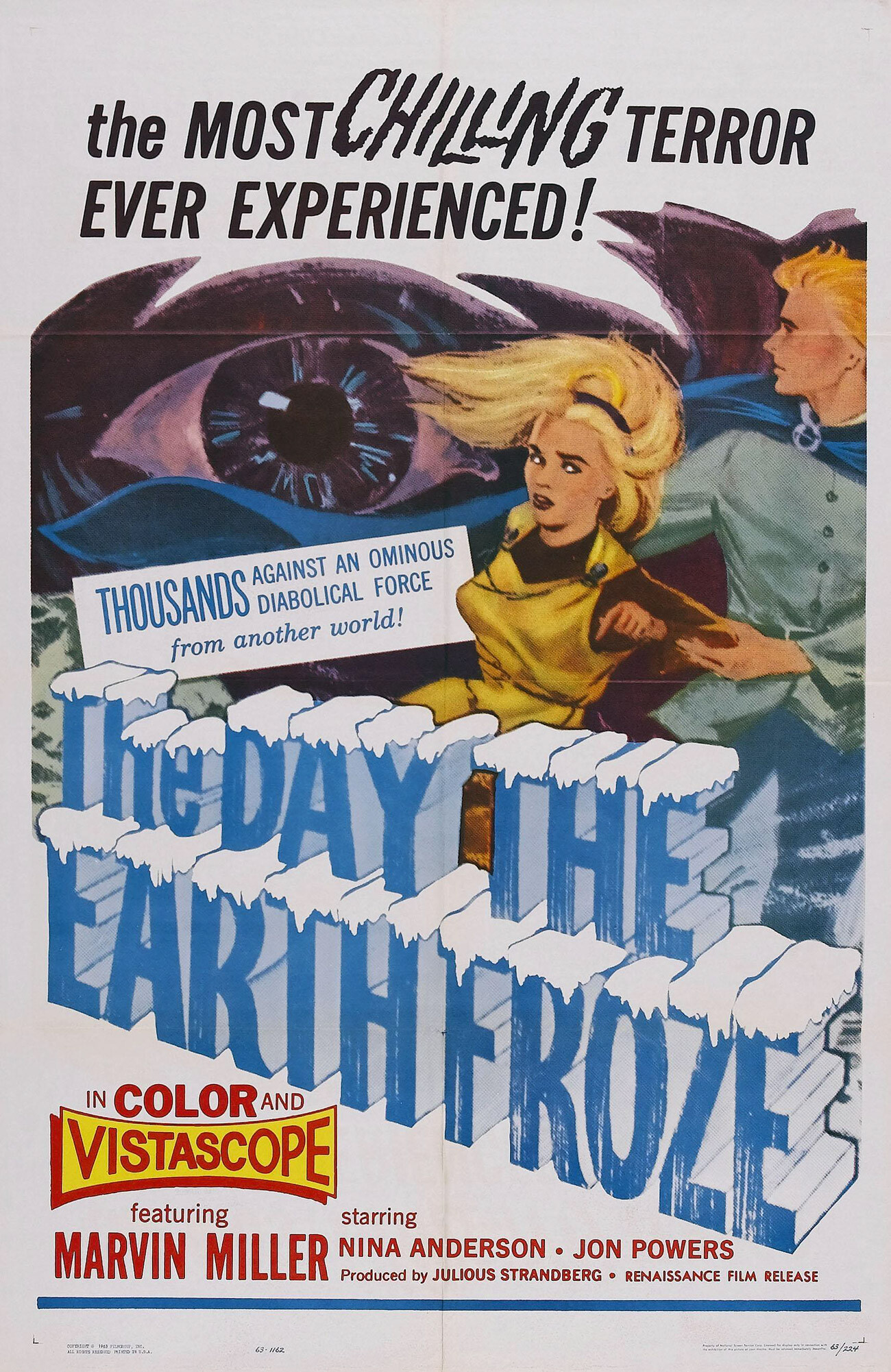
Not only Soviet and Finnish viewers were interested in the movie, but also Hollywood. Producer Roger Corman shortened ‘Sampo’ by 30 minutes - the movie came out in the U.S. under the title: ‘The Day the Earth Froze’. In this version, surprisingly, the Soviet actors are not listed in the credits; they were all "renamed" - Nina Anderson and John Powers appeared instead of Eve Kivi and Andris Oshin, while a certain Greg Sibelius was listed as director instead of Ptushko and Harrivirta.
Dear readers,
Our website and social media accounts are under threat of being restricted or banned, due to the current circumstances. So, to keep up with our latest content, simply do the following:
If using any of Russia Beyond's content, partly or in full, always provide an active hyperlink to the original material.
Subscribe
to our newsletter!
Get the week's best stories straight to your inbox